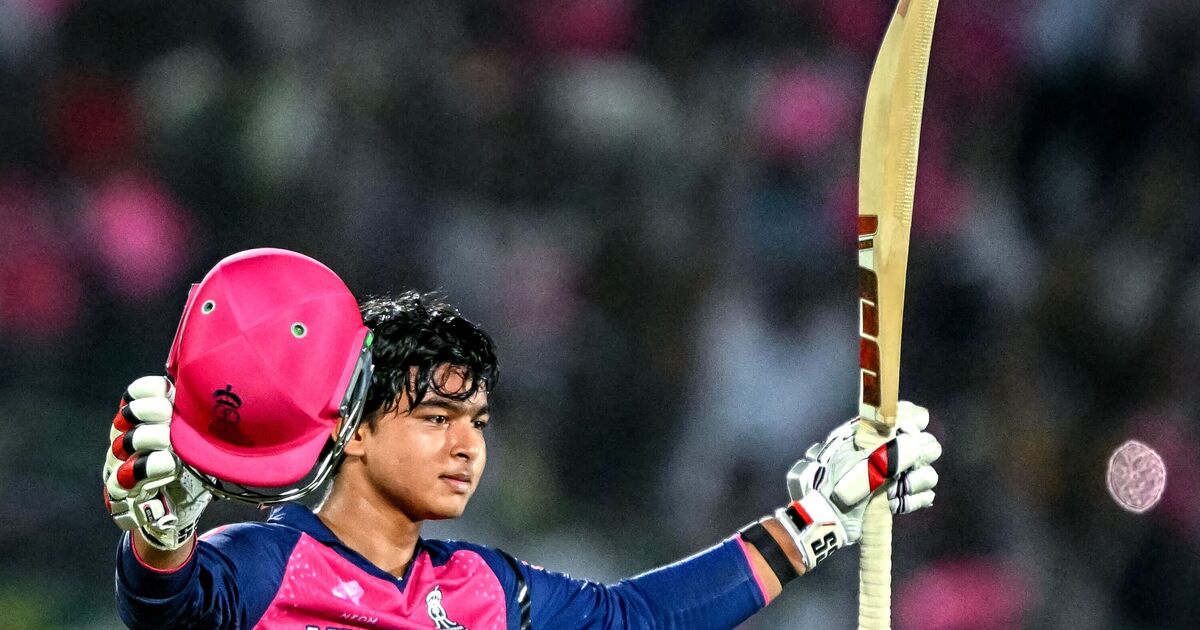In the high-octane world of the Indian Premier League (IPL), where seasoned veterans and international stars often dominate headlines, it takes something truly extraordinary to shift the spotlight. Enter Vaibhav Suryavanshi, a name that, until recently, might have been unknown to many. At the tender age of 14, this precocious talent from Bihar didn`t just participate in IPL 18 for Rajasthan Royals; he ignited a debate that has forced cricket’s governing bodies to scrutinize their foundational rules regarding age eligibility. His sensational performance – a staggering 252 runs in just seven games, including a century and a half-century – was a masterclass that left bowlers bewildered and administrators in a quandary.
The Unforeseen Aftermath: A Rulebook Under Review
Suryavanshi’s impactful debut was more than just a highlight reel; it was a catalyst. Not long after his exploits, the International Cricket Council (ICC) found itself compelled to re-examine its minimum age rule for senior cricket. Now, the Board of Control for Cricket in India (BCCI) has followed suit. The recent BCCI Annual General Meeting (AGM) became the arena where this simmering discussion boiled over, demanding clarity and explanation from the board members themselves.
The Heart of the Debate: Consistency and Opportunity
The core of the controversy was articulated by Sanjay Naik, the Mumbai Cricket Association (MCA) representative. He highlighted a curious inconsistency: while the IPL, a global spectacle, permitted a 14-year-old to play, the MCA’s own T20 Mumbai league expressly barred under-16 players. “How,” Naik essentially asked, “can the pinnacle of T20 cricket accommodate such youth, when local associations maintain stricter age gates for their own developmental leagues?” It`s a fair point, one that underscores the delicate balance between nurturing talent and safeguarding young athletes.
The existing policy, as Naik pointed out, has traditionally leaned towards restricting under-16s from senior T20 formats, funnelling them into age-group competitions. Yet, here was Suryavanshi, not only playing but excelling, creating a precedent that begged for deeper understanding.
Clarification from the Top: First-Class Cricket as the Key
Stepping into the fray to offer much-needed clarity was IPL CEO Hemang Amin. His explanation cut through the confusion with a precise, technical answer: Vaibhav Suryavanshi was eligible because he had already made his mark in first-class cricket. This detail is crucial. Amin further elaborated that any age-group player becomes eligible for the IPL once they have featured in the Ranji Trophy, India’s premier first-class competition.
The relevant IPL rules, circulated to franchises, paint a clearer picture:
- An U19 player is defined as someone under the age of 19 on April 1st of the relevant season.
- An Indian U19 player can register for the Player Auction if they are registered with a State Association and have played at least one match in either First Class cricket or List A cricket. IPL matches themselves are recognized as List A cricket.
- Notably, inclusion in the India U19 team/squad alone does not grant eligibility for the auction.
- Similar rules apply to Overseas U19 players, requiring prior First Class or List A experience with their local cricket authority.
What’s fascinating is the lack of any explicit mention of under-16 players within these eligibility guidelines. The focus is squarely on under-19s with prior senior experience, making Suryavanshi’s participation a matter of meeting these specific criteria, rather than flouting any unwritten rule about extreme youth.
The Precedent and What Lies Ahead
With the BCCI AGM officially clarifying Suryavanshi`s eligibility due to his first-class experience for Bihar, a significant precedent has undeniably been established. This opens the door – perhaps a meticulously guarded door, but open nonetheless – for other exceptionally talented under-16 players to potentially feature in the league in the future. It signals a shift from purely age-based restrictions to a model that emphasizes proven experience at a senior level, regardless of chronological age.
This development is a double-edged sword, of course. On one hand, it offers an incredible platform for genuine prodigies, accelerating their development and providing exposure to top-tier competition. Imagine the inspiration for young cricketers across the nation, seeing someone their age compete on such a grand stage. On the other hand, it reignites the perennial debate about the immense pressure on young shoulders, the potential for burnout, and whether such early exposure truly benefits long-term development. Is it a visionary step towards identifying and harnessing raw talent, or simply a nuanced interpretation of existing rules that inadvertently allows for the extraordinary? Only time, and perhaps more spirited debates at future BCCI meetings, will tell.

